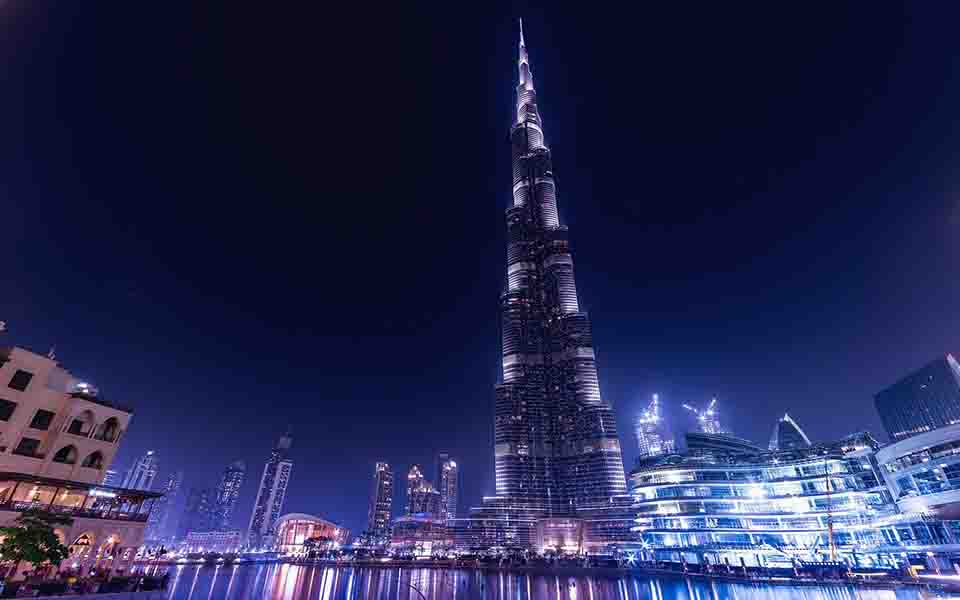Silicone Oil in the Emirates- UAE's Industrial Development & Silicone Oil
Release Time: 2023-07-27 09:27:39
Silicone Oil in the Emirates- UAE's Industrial Development & Silicone Oil

Silicone Oil in the Emirates- UAE's Industrial Development & Silicone Oil
